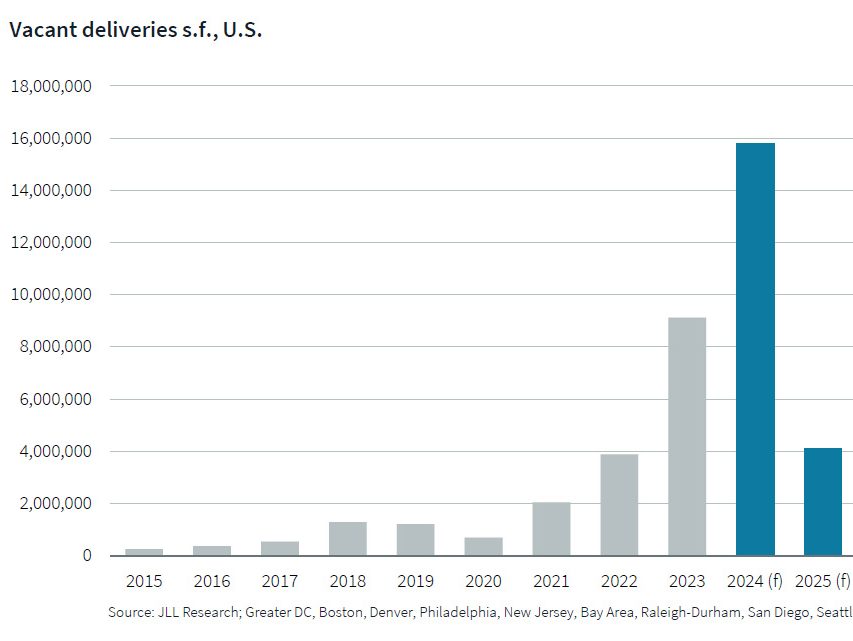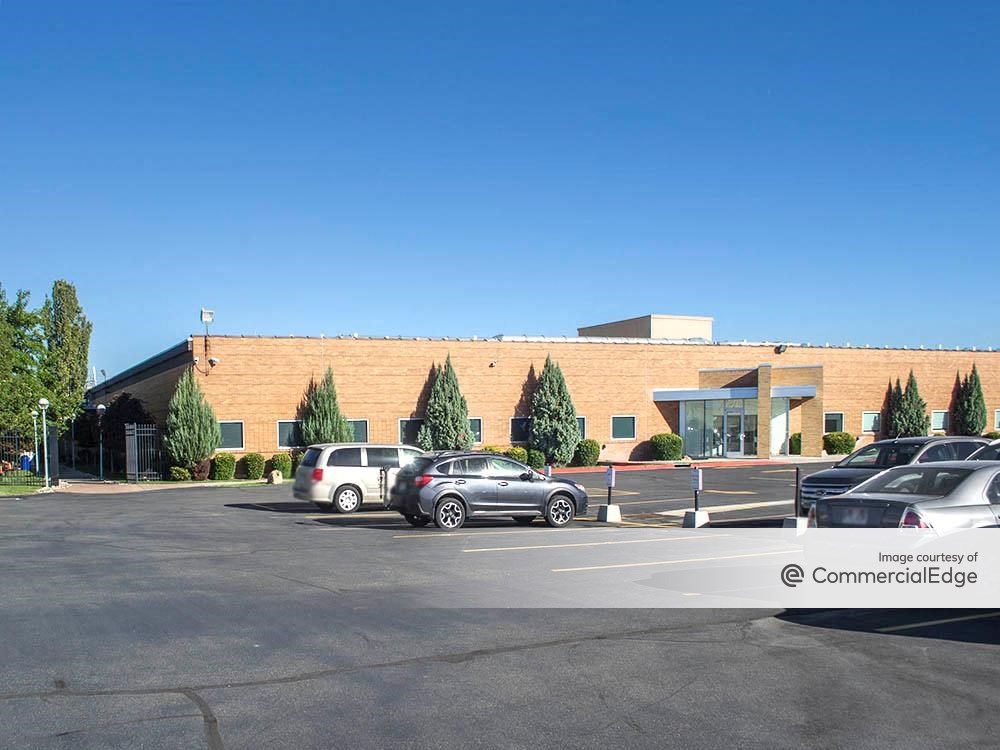Investor Demand Soars in Net Lease Market
By Randy Blankstein, President, The Boulder Group: The ever-expanding private investor pool for single-tenant, net-leased properties has pushed cap rates to historic lows for the retail, office and industrial sectors in the first quarter of 2013.
By Randy Blankstein, President, The Boulder Group
The ever-expanding private investor pool for single-tenant, net-leased properties, has pushed cap rates to historic lows for the retail, office and industrial sectors in the first quarter of 2013. Cap rates for retail net lease properties remained at previous quarter levels, 7.25 percent, while office and industrial properties experienced compression of 34 and 13 basis points to 7.70 percent and 8.02 percent cap rates respectively. Properties occupied by credit tenants with long term leases experienced the greatest compression in the first quarter of 2013 as these assets have a limited inventory.
Limited supply of properties, specifically new construction, continues to be a major theme throughout the net lease industry. Overall property supply across the entire net lease sector decreased by more than 17 percent from the fourth quarter of 2012 to the first quarter of 2013. In the first quarter of 2013, the supply of net lease retail properties reached their lowest point in the past two years, while the supply of office and industrial properties reached their lowest point in the past three years. Even with cap rates and supply levels at historic lows, investor demand remains at high levels as net leased asset yields are superior to traditional conservative investments such as bonds and certificates of deposits.
The national single tenant net lease market should remain active throughout 2013 due to low interest rates and abundant financing availability for this asset class. According to a national survey conducted by The Boulder Group, the majority of active net lease participants are expecting 2013 cap rates to remain unchanged or decline. Properties with long term leases will be more difficult to find as many current owners will hold given the attractive refinance rates available. A shrinking supply and a limited development pipeline will make newly constructed assets in the highest demand and command the lowest cap rates.








You must be logged in to post a comment.